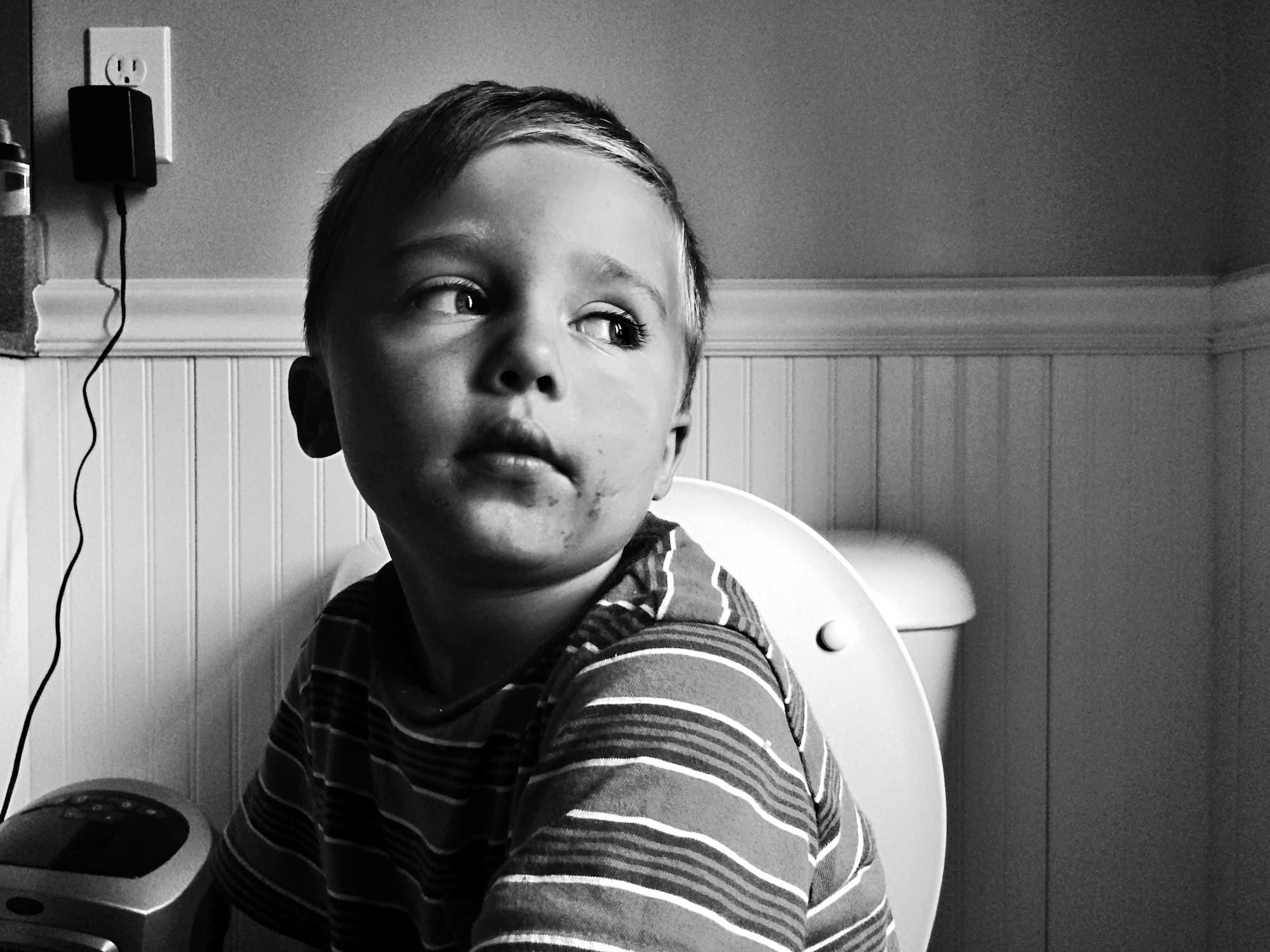What’s the Best Method for Potty Training a Stubborn Puppy?

Potty training a stubborn puppy can be a challenging task for the uninitiated. This endeavor requires patience, perseverance, and the right approach. The following article will guide you through the intricacies of house training your furry friend, focusing on the most effective methods to help your puppy understand where they need to do their business. We will discuss various techniques, from crate training to using puppy pads and selecting the right bathroom spot for your pet. You’ll find comprehensive and practical information to turn this seemingly daunting task into a manageable and even enjoyable process.
The Importance of Time and Consistency in Potty Training
The initial stage in puppy potty training is understanding the role of time and consistency. Patience is the key here: don’t expect instant results.
Topic to read : What’s the Best Way to Introduce a Hyperactive Dog to a New Baby?
Puppies have small bladders and short attention spans, so they need to relieve themselves frequently. As a rule, puppies can hold their bladder approximately one hour for every month of their age. Therefore, you should offer them a bathroom break every 1-2 hours when they’re awake.
Establishing a routine is essential. Puppies thrive on consistency, so try to feed them, take them outside, and put them to bed at the same times every day. This will help them understand when it’s time to go potty and where they should do it.
In the same genre : How to Choose the Right Therapeutic Diet for a Cat with Urinary Issues?
Remember that accidents will happen, but they are just part of the process. It’s how you respond to these accidents that can significantly influence your puppy’s learning curve.
Using a Crate to Potty Train Your Puppy
Crate training is one of the most effective methods for potty training a stubborn puppy. Dogs are naturally clean animals, and they don’t like to soil their sleeping areas. Therefore, they will learn to hold their bladder when they’re in their crate, and wait until they’re outside to do their business.
Choose a crate that’s just big enough for your puppy to stand, turn around, and lay down. Too much space may encourage them to use one corner as a bathroom. Make sure to make the crate a comfortable and safe place for your puppy, so they see it as their den rather than a form of punishment.
However, remember that a crate is not a solution for leaving your puppy alone for long periods. Even if they are crate trained, puppies still need regular bathroom breaks.
Selecting the Bathroom Spot
Choosing the right bathroom spot is another crucial aspect of potty training your puppy. The spot should be easily accessible and not too far from the house.
Lead your puppy to this spot every time it’s time for a potty break. Use a leash to guide them there and to keep them focused on the task at hand. Over time, your puppy will associate this specific area with going to the bathroom.
Remember to clean this area regularly to avoid unpleasant smells and to keep it attractive for your puppy. Also, always reward your puppy after they use this spot correctly, reinforcing the positive behavior.
Potty Training with Puppy Pads
Puppy pads can be a useful tool in your potty training arsenal, especially if you live in an apartment or are often out of the house.
The key to using puppy pads effectively is to place them consistently in the same area. This teaches your puppy that there is a specific place inside the house where they can go to the bathroom. Once they get used to the pads, you can gradually move them closer to the door, and eventually outside, to transition your puppy to going outdoors.
However, keep in mind that puppy pads can sometimes confuse puppies, as they may struggle to understand why it’s okay to go potty inside on the pad, but not anywhere else in the house.
Dealing with Stubborn Puppies
Some puppies can be particularly stubborn when it comes to potty training. They may seem to be making progress one day, only to have multiple accidents the next. The key here is to stay patient and consistent.
If your stubborn puppy keeps having accidents inside the house, it might be worth revisiting the basics. Make sure they’re getting plenty of opportunities to go outside, that their bathroom spot is appealing, and that you’re rewarding them for good behavior.
Moreover, ensure you’re not unintentionally encouraging bad habits. For instance, if your puppy has an accident and you immediately take them outside, they might start to associate going to the bathroom inside with getting to go outside.
Remember that potty training a puppy is a process, and every puppy learns at their own pace. What’s most important is to keep a positive attitude and to remember that with time and consistency, your puppy will eventually get the hang of it.
Incorporating Positive Reinforcement in Potty Training
One of the cornerstones of effective potty training is positive reinforcement. This is a method of training where you reward your puppy for good behavior, in this case, for going potty in the desired spot rather than inside the house. It’s a powerful tool in encouraging your puppy to adopt habits that you want them to learn.
When your puppy goes potty in the right place, be quick to praise them enthusiastically and perhaps even reward them with a small treat. This immediate gratification helps your puppy associate the act of using the potty spot correctly with positive feelings, increasing the likelihood that they will repeat the behavior. The key here is timing. The reward should be given immediately after the action so that the puppy can make the connection between the activity and the reward.
However, remember that positive reinforcement also works the other way round. Avoid scolding or punishing your puppy for accidents. Negative reactions can create fear and confusion, which will not help the training process. Instead, calmly clean up the accident and continue with your routine.
Breaking Bad Habits in Potty Training
Just as in humans, bad habits in puppies can be tricky to break. It is easier to prevent a bad habit from forming than to try to break it later. Nevertheless, if your stubborn puppy has developed some bad potty habits, there are strategies to correct them.
If your puppy has started to associate the act of going to the bathroom inside with getting to go outside, change your response to indoor accidents. Instead of taking them outside immediately after an accident, clean it up without a fuss and continue with the regular routine. This will help your puppy understand that going potty inside doesn’t result in a fun outdoor trip.
Another common bad habit is using the crate as a bathroom. This can sometimes happen if the crate is too large. If your puppy keeps soiling the crate, consider getting a smaller one. Also, ensure regular potty breaks so that your puppy doesn’t feel the need to go inside the crate.
Remember to stay patient throughout this process. Breaking bad habits takes time, but with consistent training and a positive approach, your stubborn puppy will eventually learn the right way.
Conclusion
Potty training a stubborn puppy might seem like a daunting task, but with the right techniques and plenty of patience, it’s very much achievable. Remember the importance of time and consistency: establish a routine, give your puppy regular potty breaks and be patient with the process. Leverage tools like crates and puppy pads to help train your puppy, but remember to select the right potty spot and clean it regularly.
Understanding your puppy’s behavior and using positive reinforcement will make the training process smoother. If your puppy develops bad habits, don’t panic. Stay calm, reassess your strategy, and take steps to correct these habits.
Always remember, every puppy is unique and learns at their own pace. What works for one might not work for another. So, be flexible in your approach, and don’t hesitate to seek professional help if needed. With time and perseverance, your stubborn puppy will eventually be potty trained. This will not only result in a cleaner home but also in a stronger bond with your furry friend. So, keep going, you got this!
